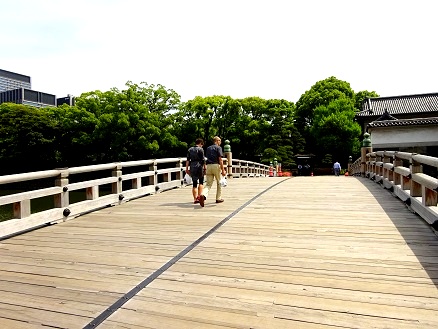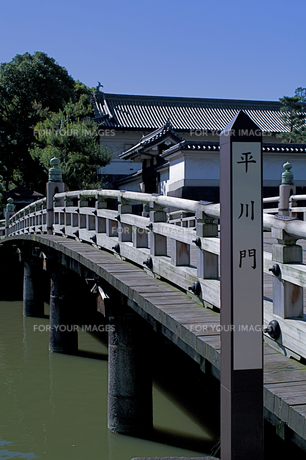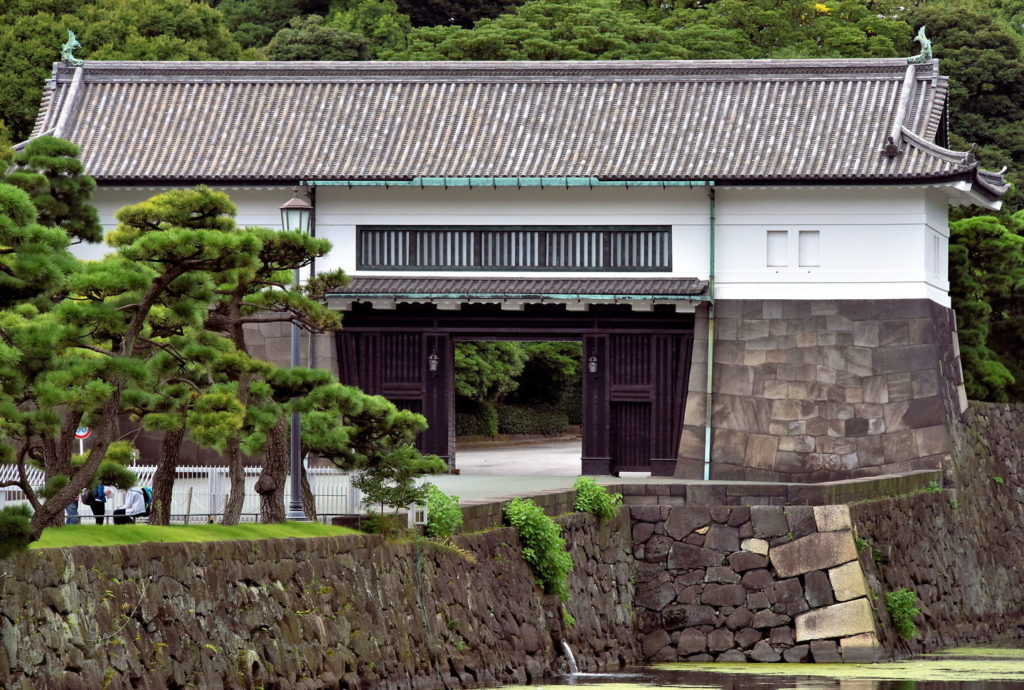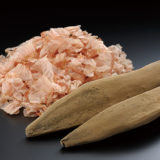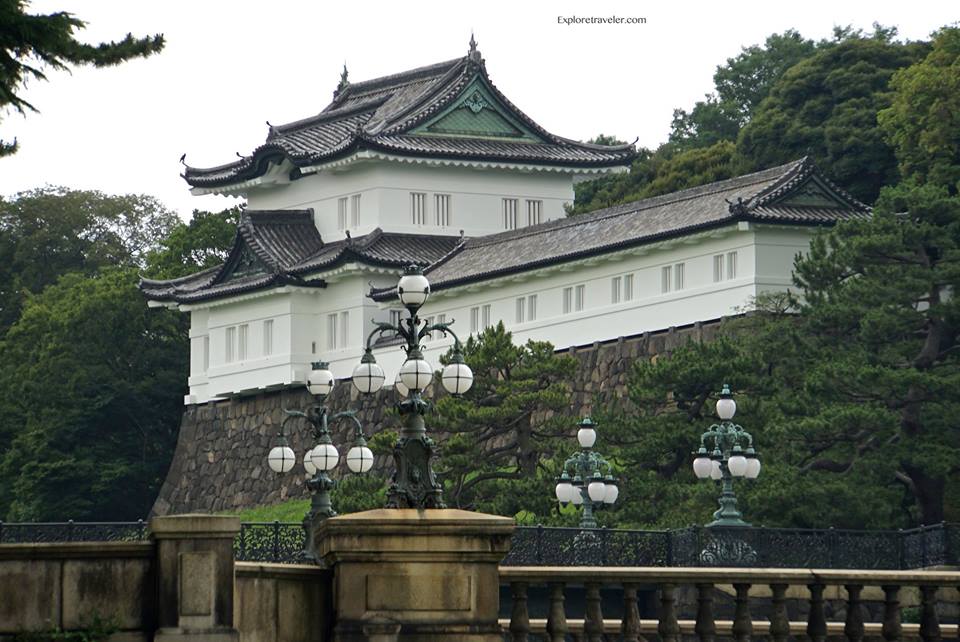
Edo Castle, or the Imperial Palace was the place where the Tokugawa Shogun Family had lived and started the shogunate. It is the residence of Their Majesty the Emperor and Empress now. The outskirts of the Imperial Palace is about 5 km, it’s the famous jogging course.
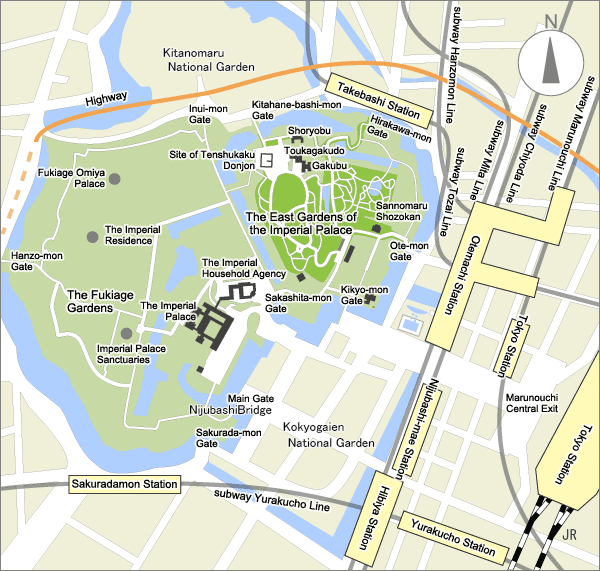
How many gates are there?
There are 9 gates of the Imperial Palace, starting with “Otemon” and going clockwise from “Kikyomon Gate” to “Sakashita Gate”, “Main gate of the Imperial Palace”, “Sakuradamon”, “Hanzomon”,, “dry gate”, “Kitakibashi-mon Gate” and “Hirakawa-mon Gate”, which surround Fukiage Gyoen and Higashi Gyoen. There used to be “Babasaki-mon Gate” and “Wadakura-mon Gate” on the east side of the Imperial Palace towards Tokyo Station.
Also, Kitanomaru Park (Kyu Kita no Maru) on the north side of the Imperial Palace has “Tayasumon” and “Kiyomizu-mon Gate”.
The gate of the Imperial Palace is divided into three, a gate which general people can enter, a gate which only special days can enter, and a gate which general people cannot pass.
A gate where you can go through freely
Sakuradamon
A gate only open to the public in the East Gardens
Ote-mon Gate: Kitahibashi-mon Gate: Hirakawa-mon Gate
A gate that can be visited only on special days- New Year’s visit to the public, the Emperor’s Birthday visit to the public, and the opening to the public on Inuki-dori
Main Gate of Imperial Palace, Sakashita Gate, Kikyomon Gate, Inui Gate
a gate closed to the general public
Hanzomon
Otem Gate
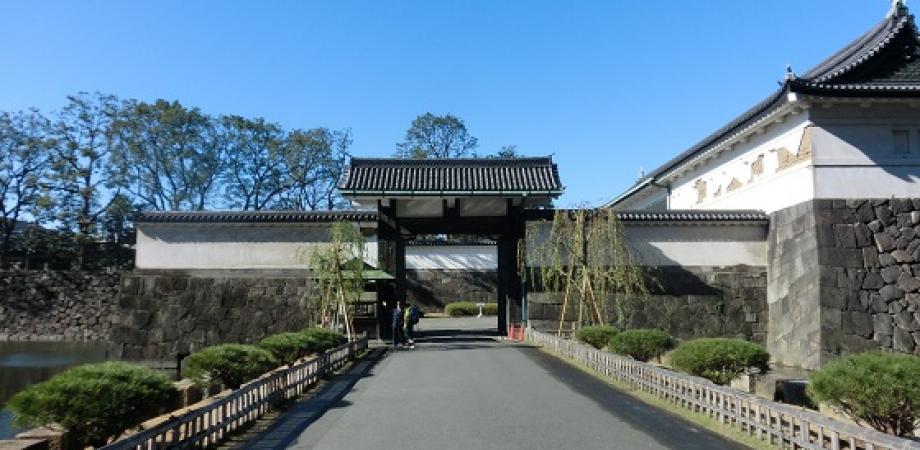
It is the main gate of the former Edo Castle, and it was completed by Takatora Todo in Keicho 12 (1607) in about 1 year and 3 months. The Ote-mon Gate of Edo-jo Castle was a typical Masugata-mon Gate (a gate encircled in square with a passageway through which you cannot go straight) consisting of Korai-mon Gate and Watari-yagura (Watariyagura) type Yagura-mon Gate, and the Yagura-mon Gate of Watari-yagura was 22 ken (40 m) in length and 4 ken 2 shaku (7.9 m) in width. A building which is a long weapon warehouse was on the Watagura-mon Gate.
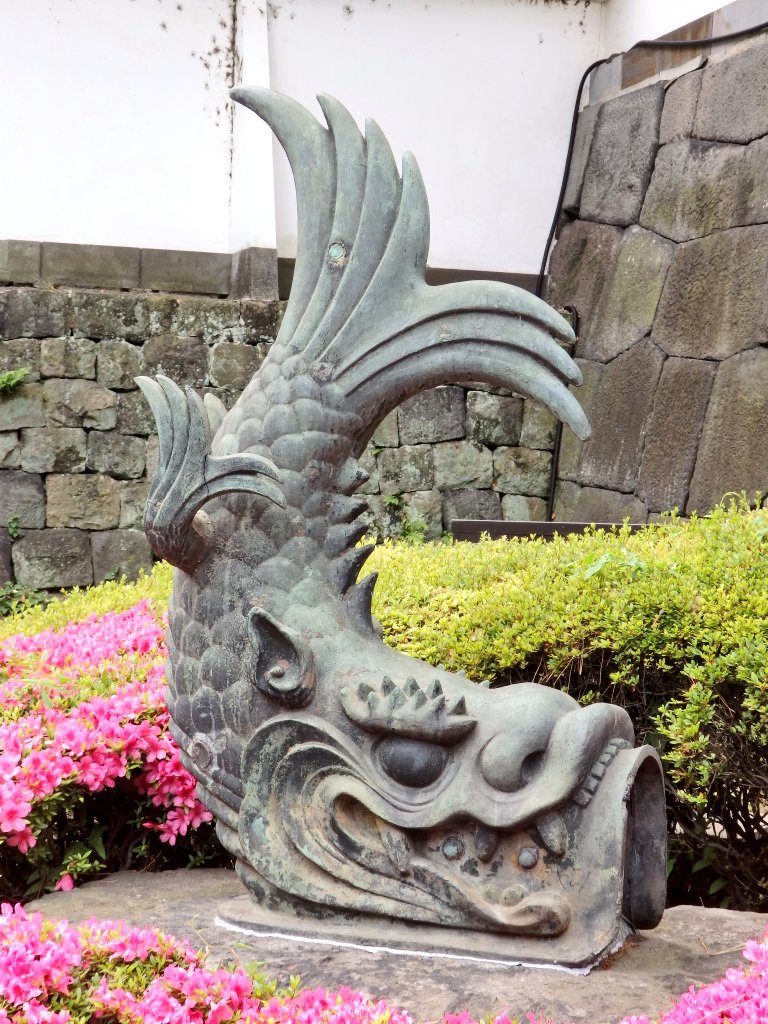
It is a orca that was decorated on the roof of the former Otemon Watari Yagura that disappeared in April, 1945 (1945). The current Otemon Watari Yagura was rebuilt in 1968 (1968).
Kikkyo Gate
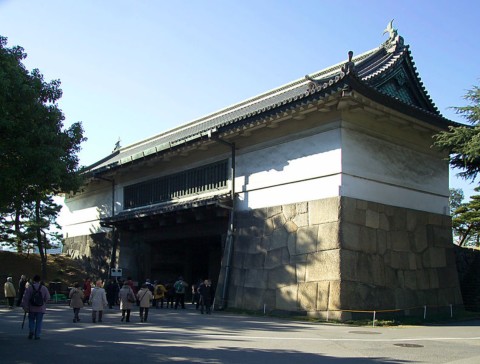
Kikyomon Gate is a gate where visitors to the Imperial Palace and workers come in and out. It is said that it came to be called Kikyomon because it had Dokan Ota’s Kamon (Kikyo).
There is a big square in front of Kikyomon gate. When you visit the Imperial Palace, we gather here and start the reception.
Sakashita Gate
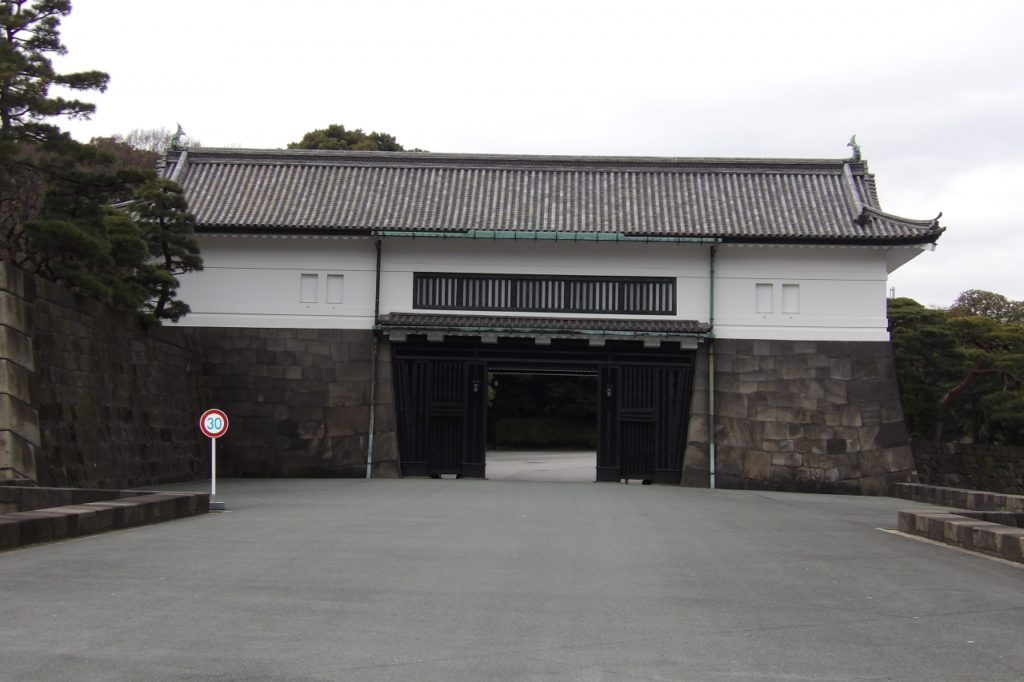
It is located between Ote-mon Gate and Kikyo-mon Gate, which is the entrance to Imperial Household Agency.
Nobumasa Ando, who promoted the idea of uniting the court and the shogunate , was attacked outside Sakashita Gate in 1862 by patriots of the Sonno Joi faction led by Mito roshi (1862). It is known as “Sakashita Mongai Incident”.
Main Gate
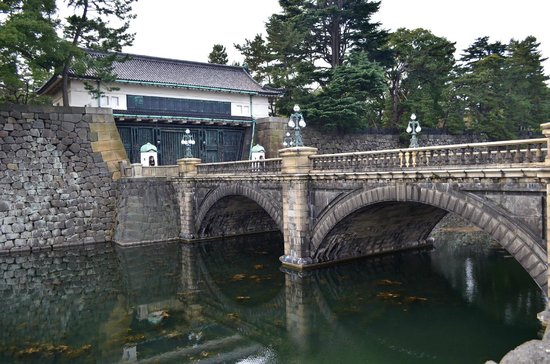
The original name of the main gate of the Imperial Palace is “Nishinomaru Ote-mon Gate”. The name was changed to Kokyo Seimon in 1888. It was built in the era of the 3rd Shogun Tokugawa Iemitsu.
There is an optical-shaped “Main gate stone bridge” in front of the gate and “Main Gate Bridge” in the back. Nijubashi is a general term for two bridges, but strictly speaking, it means the one in the back. When the bridge was first built, it was made by piling up wooden bridges, so it is called “Nijubashi”.
Sakurada Gate
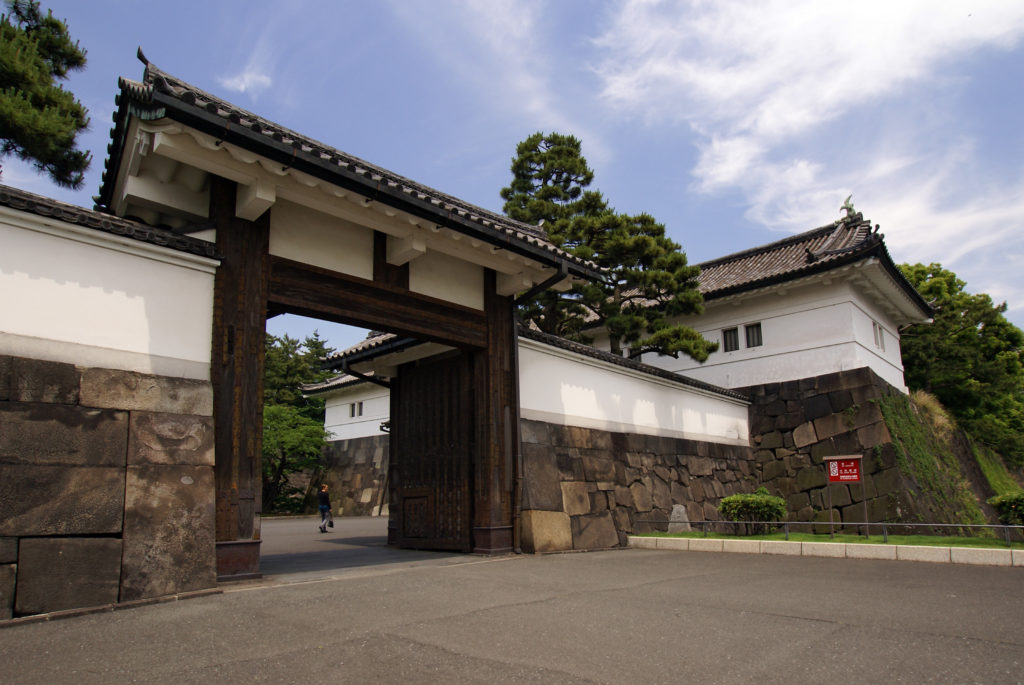
A gate built in the inner moat of Edo-jo Castle. It was designated as a national important cultural property as “Sakurada-mon Gate outside the former Edo-jo Castle” in 1961. It is famous for the “Sakuradamongai Incident” where Ii Naosuke was assassinated.

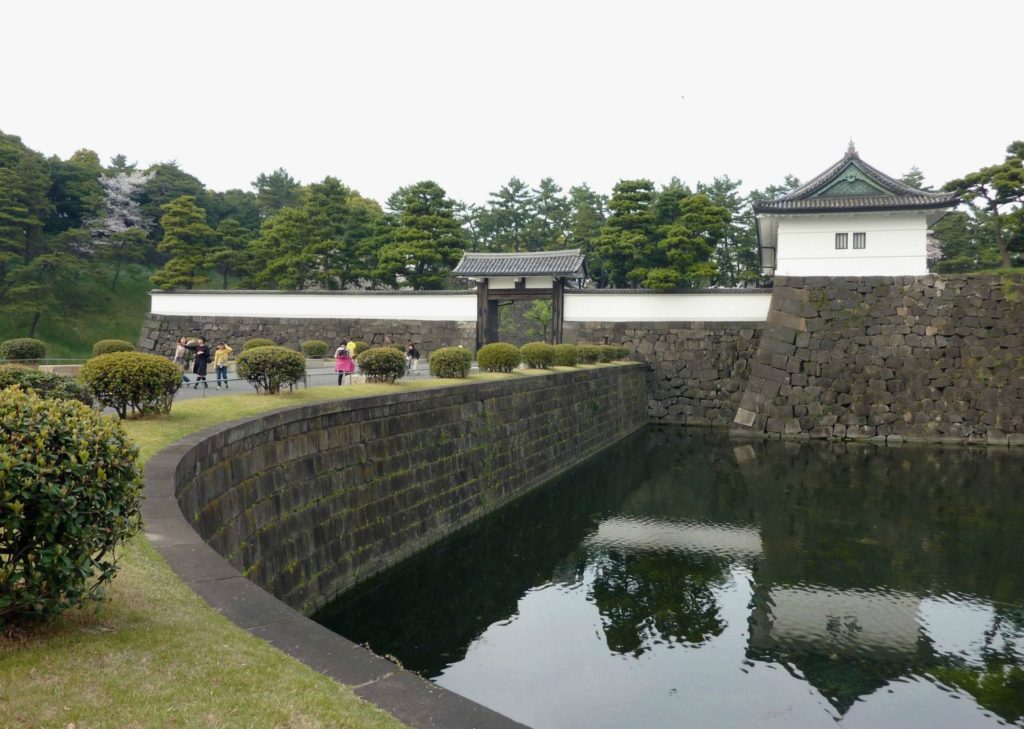
The Sakuradamon is the largest castle gate in existence. It was damaged in the Great Kanto Earthquake in 1923, and it was renovated into an gate with structure called iron storehouse It was designated as an important cultural property in 1961.
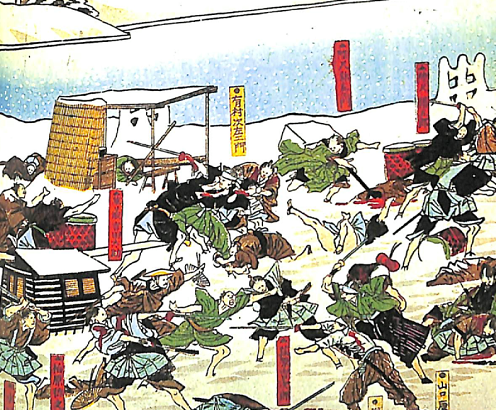
Hanzo Gate
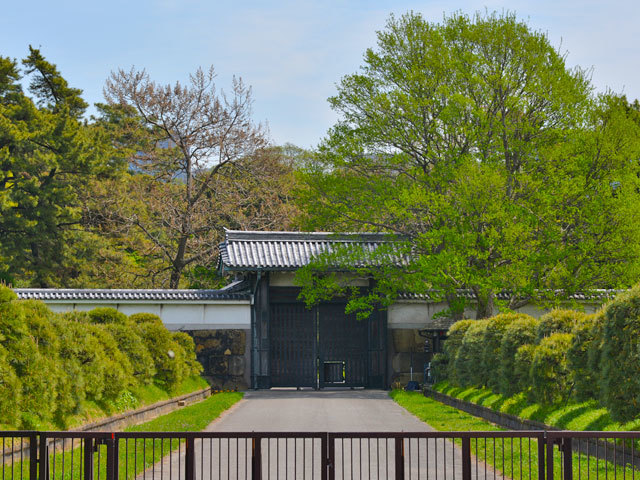
It is located on the opposite side of Otemon. This gate is mainly used for the Emperor and each Imperial family to enter the Imperial Palace. It is said that the name originated from the guard of Iga Doshin group led by Hanzo Hattori.
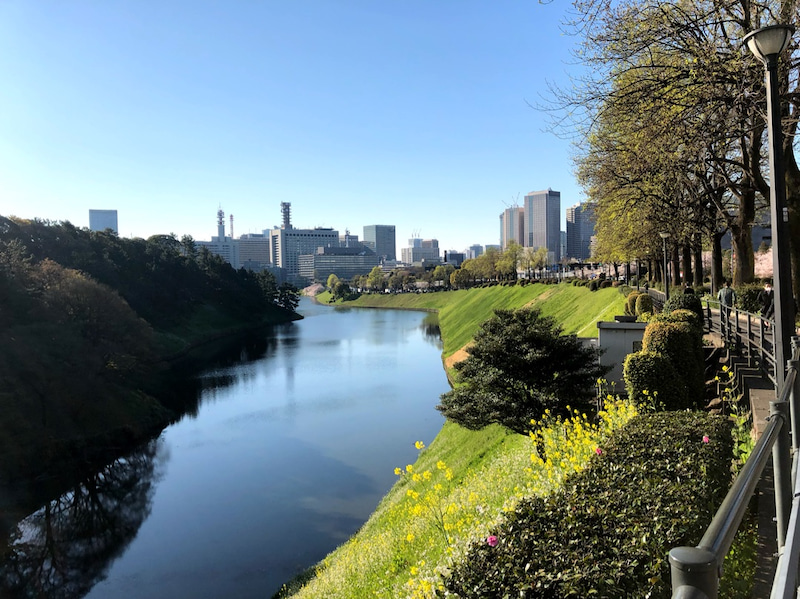
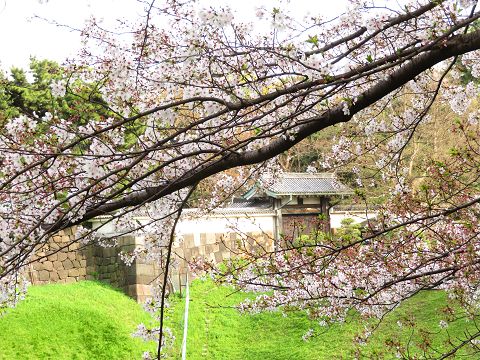
This gate was called Fukiage Oniwa in the Edo period, and it was used as a residence for retired former Shogun and the heir of Shogun. Now it is called Fukiage Gyoen, and there are Gosho, Fukiage Omiya Gosho (Former residence of Empress Kojun), Kyuchu Sanden, Biology Research Institute, and a rice field where Emperor Heisei planted rice.
This gate is mainly used for the Emperor and each Imperial family to enter the Imperial Palace on a daily basis. Of course, ordinary people cannot pass.
Inui Gate
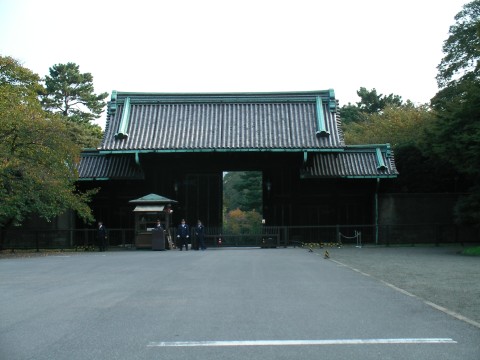
The 750 meter section from Sakashita Gate to Inui Gate will be open to the public on Inui Street at the Imperial Palace to let the public enjoy colorful autumn leaves, such as Japanese maple trees.
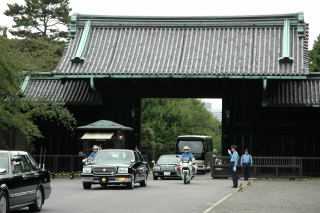

This gate is a Kyoto-style gate built in the Meiji period. It is the back gate of the former Nishinomaru, and is located in the direction of Inui( southwest) of the Imperial Palace, it is named after this.Iit is the gate in the northwest of the Imperial Palace, and is located on the opposite side of Sakashita Gate.
Kitahanebashi Gate(North drawbridge Gate)
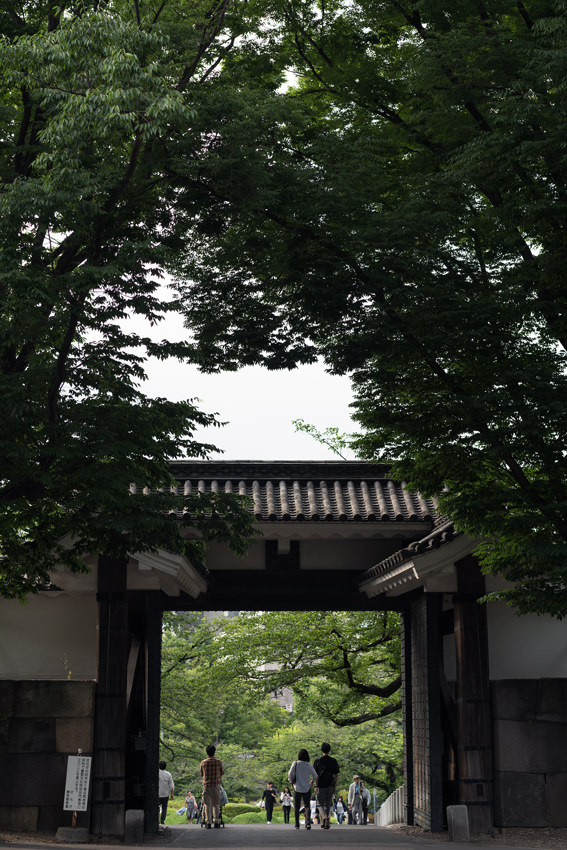
A gate that leads directly to the outside from the O-oku (inner halls of Edo Castle where the wife of the Shogun and her servants reside) and Tenshu (main keep) of Honmaru (the keep of a castle) of Edo-jo Castle. The inner moat next to the gate is deeper than the others to enhance defense, and the stone wall is the most robust. The bridge is designed to jump up in case of emergency.
Hirakawa Gate
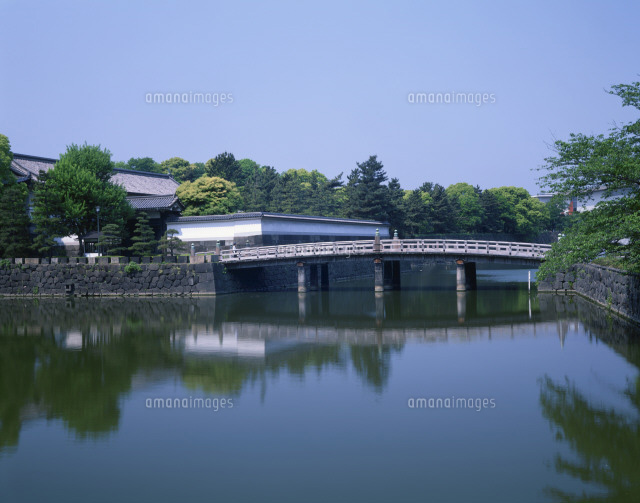

Hirakawa-mon Gate was the back gate of Edo-jo Castle. It is the closest gate to O-oku and is also the entrance gate for female servants in O-oku. This gate is also known as “Fujo-mon Gate” and it is said that criminals and the dead were removed from it. Hirakawa is the old name of the downstream area of Kanda-gawa. In front of the gate, there are “Kamihira” and “Shimohira”, which is the origin of the name of the gate.
